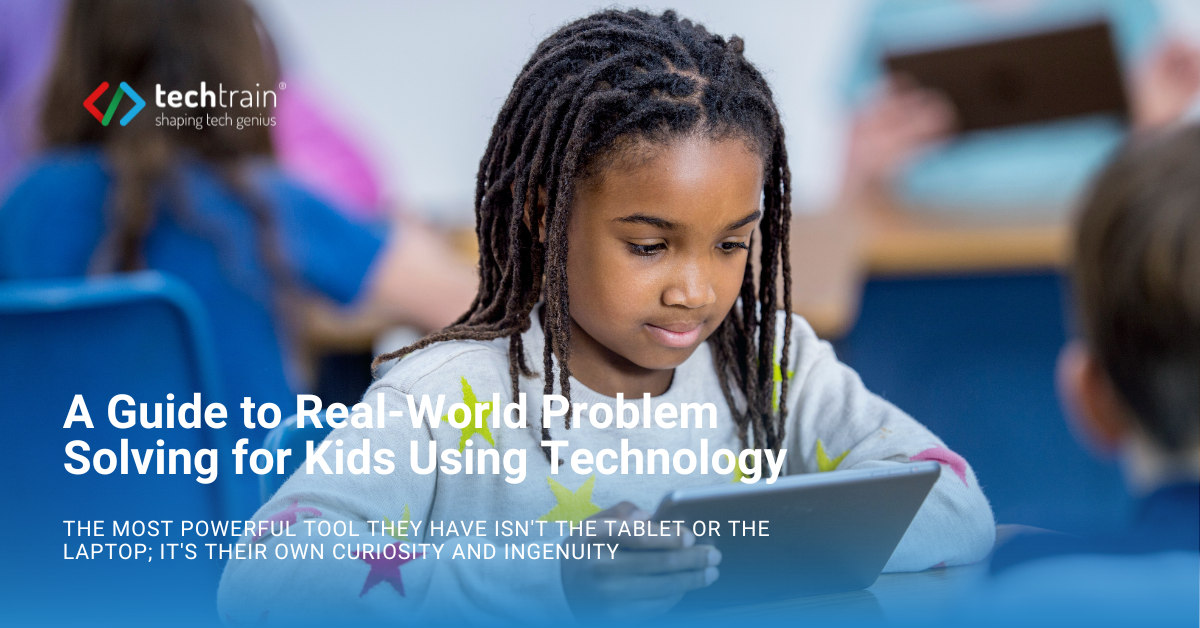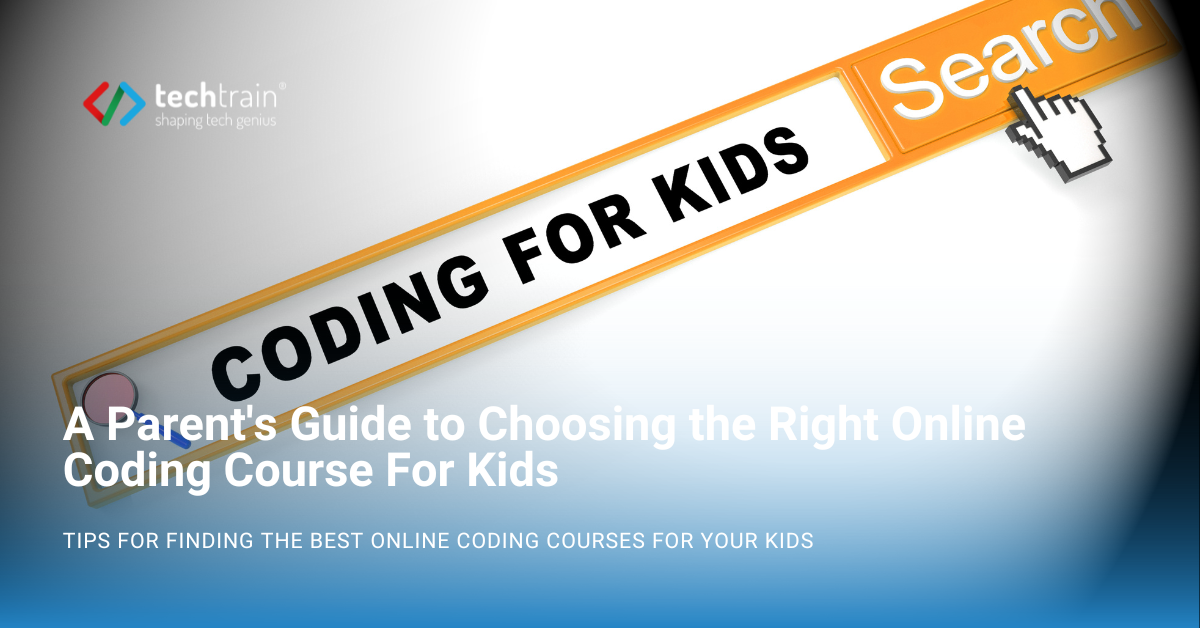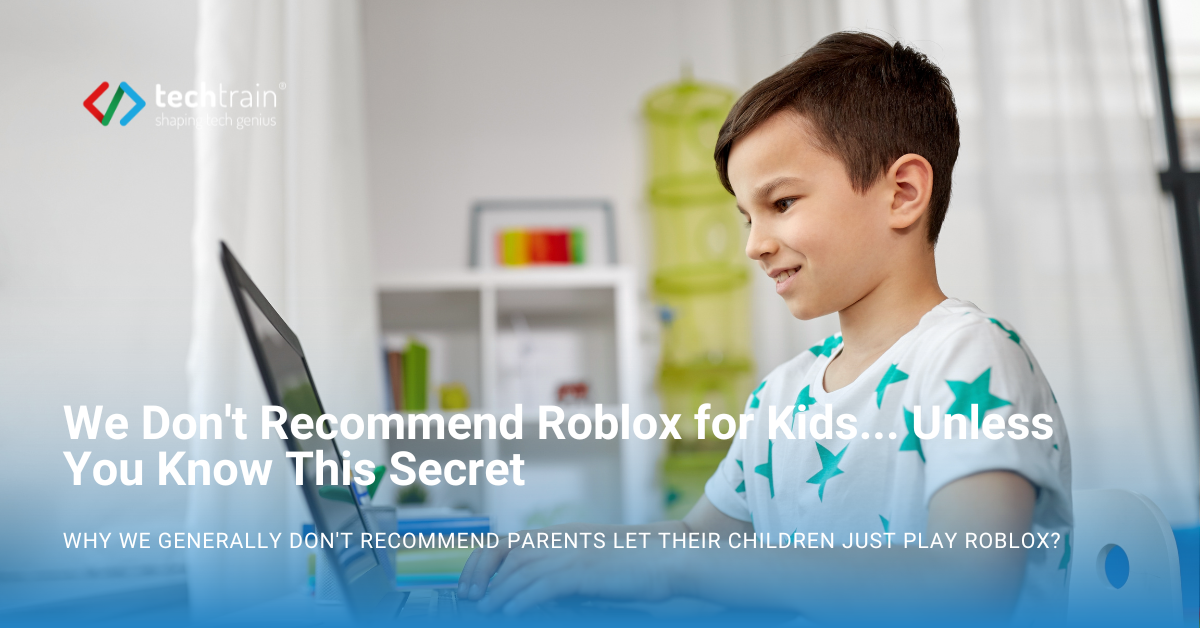What if your child’s next coding project wasn't just about making a character jump on a screen, but about designing an app that reminds them to water the plants? What if their time with technology resulted in a real tool that helped your family stay organized, or a website that supported a local charity they love?
This is the incredible potential we unlock when we shift our focus from just teaching kids how to use tech, to teaching them why. It's the heart of real-world problem solving for kids, a skill that transforms them from passive users into active creators. By empowering them to identify challenges and build tangible solutions, we're not just preparing them for the future; we're making their learning meaningful today. Here’s a practical guide to get started.
Why Tech-Powered Problem Solving Matters
Before diving into the "how," let's touch on the "why." When kids use tech to solve a problem, they aren't just learning to code or build a gadget. They are developing critical 21st-century skills:
- Critical Thinking: Analyzing a problem from multiple angles.
- Creativity: Brainstorming innovative solutions.
- Resilience: Learning to debug and try again when things don’t work.
- Collaboration: Working with others to achieve a common goal.
Overall, teaching kids to use technology for problem solving prepares them to handle real-world challenges more easily and inspires them to be innovators and creators in an increasingly digital world. It’s about empowering kids to think smart, work well with others, and use tech tools to find answers and build solutions.
Start with Their World to Find the "Problem"
The first step in real-world problem solving for kids is to find a problem that actually matters to them. You don't need to tackle climate change on day one. Start by observing their immediate environment.
- At Home: Is there a recurring chore they always forget? Is the family pet always begging for food at the wrong time? Is their room a mess?
- At School: Do they struggle to remember homework assignments? Is there a club that needs a better way to communicate with members?
- In the Community: Is there a local park that needs a cleanup? Does a local animal shelter need help raising awareness?
For example, a kid might notice litter in the playground and decide to come up with a tech or community project to help keep it clean. Or they might spot ways to make classroom activities more fun or efficient.
This approach also helps them:
- Develop observation and critical thinking skills by noticing what could be improved.
- Feel ownership and responsibility for their ideas and solutions.
- Build confidence by solving manageable problems before moving on to bigger, more complex ones.
- Understand the impact of technology and creativity in their own world first, making later challenges less overwhelming.

Introduce the Toolkit with STEAM for Problem Solving
Once you have a problem, it’s time to brainstorm solutions using a multi-disciplinary approach. This is where STEAM for problem solving comes in. It’s about using Science, Technology, Engineering, Arts, and Math as creative tools.
Here’s an introduction to this approach for kids:
- Science (S) helps children understand natural phenomena and the principles behind how things work, encouraging exploration and curiosity about their world.
- Technology (T) introduces kids to modern tools and techniques, enabling them to create models, use digital devices, or develop simple coding projects related to their problems.
- Engineering (E) guides children to design, build, and test solutions like bridges, structures, or machines using hands-on and creative methods.
- Arts (A) fosters creativity and expression that enrich solutions, allowing children to visualize ideas through drawing, modeling, and storytelling.
- Mathematics (M) supports kids in measuring, analyzing data, and logical thinking to refine their solutions and understand patterns or quantities involved.
In practice, STEAM encourages children to:
- Ask questions and explore their environment actively.
- Use different subject skills together to invent and test ideas through projects and experiments.
- Collaborate and communicate their thoughts clearly, often using drawings, models, or digital tools.
- Learn from trial and error and improve their designs persistently.
For example, kids might plan and build a small garden (integrating science, engineering, math, and art) or solve classroom problems like how to organize materials better using data collection and design thinking
From Idea to Action with Coding for Problem Solving
This is where the magic happens. You can introduce simple, accessible tech tools that allow your child to build a real solution. This transforms abstract lessons into tangible outcomes, making the concept of coding for problem solving crystal clear.
- The Problem: Forgetting a daily chore.
- The Solution: Use a block-based coding platform like Scratch or Thunkable to build a simple mobile app. It could be a daily checklist that plays a fun sound when a task is completed. Suddenly, your child isn't just playing on a device; they've built a tool to improve their own life. This is coding with purpose.
- The Problem: A houseplant keeps dying from lack of water.
- The Solution: Use a micro:bit (a tiny programmable computer) and a moisture sensor to build a device that flashes an alert when the soil is dry. This project combines simple hardware with code to interact directly with the physical world.
Broaden Their Impact So Kids Use Tech to Help Others
The ultimate goal is to show children that their skills can benefit more than just themselves. When kids use tech to help others, they develop empathy, purpose, and a sense of civic responsibility.
Encourage them to think bigger:
- Help a Local Charity: Could they build a simple website for a local animal shelter to showcase adoptable pets?
- Tutor Younger Students: Could they create an interactive quiz game in Scratch to help a younger sibling learn multiplication tables?
- Raise Awareness: Could they create a short animated video to explain the importance of recycling in your community?
Conclusion
Ultimately, the goal isn't just to teach children how kids use tech; it's about fundamentally changing their relationship with it. When we guide them to see challenges as opportunities and technology as their creative toolkit, we give them a gift that extends far beyond the screen. They learn that coding with purpose can bring a powerful idea to life and that they can make a positive impact, whether it's in their own room or their wider community.
This journey of real-world problem solving for kids builds more than just technical ability; it builds character, resilience, and the empowering belief that they can make a difference. The most powerful tool they have isn't the tablet or the laptop; it's their own curiosity and ingenuity.
So, start the conversation tonight. Ask your child: "If you could build anything to help someone, what would it be?" Their answer is the first step on an incredible journey.
What problems are your young innovators excited to solve? Share your stories and ideas in the comments below!
.avif)

.avif)


.avif)












.avif)
.avif)

.avif)
.avif)
.avif)
.avif)



.png)
